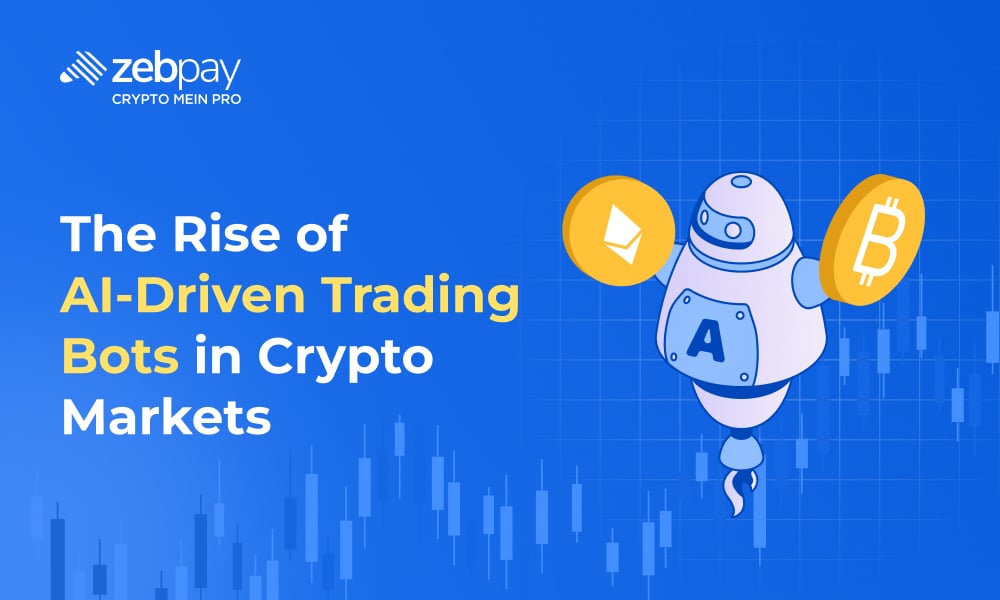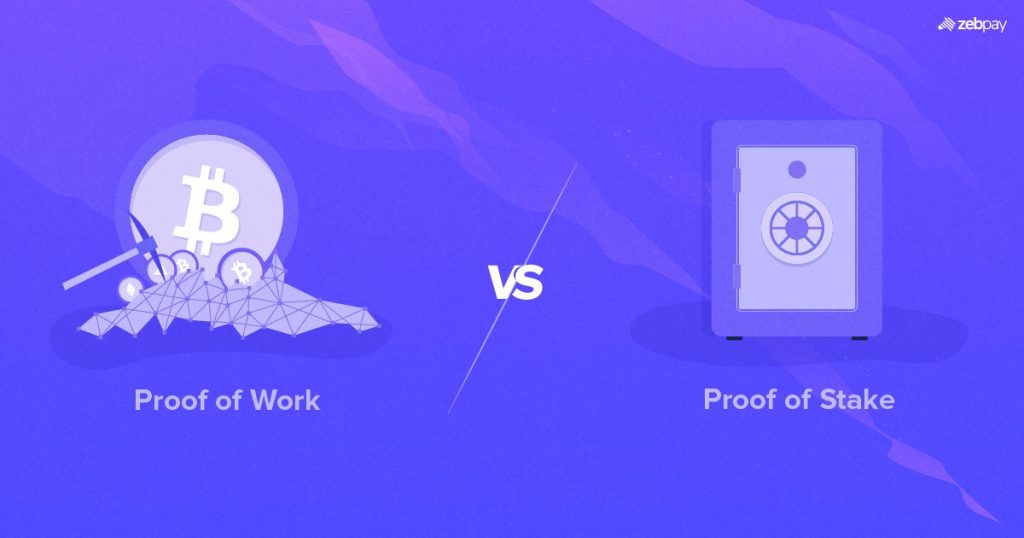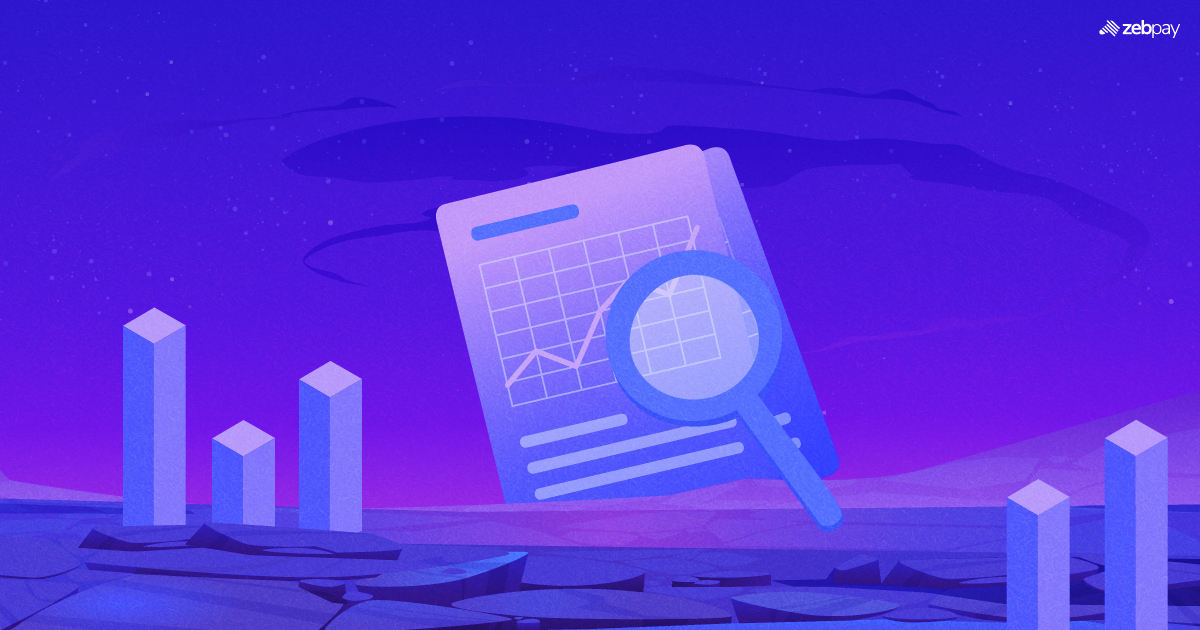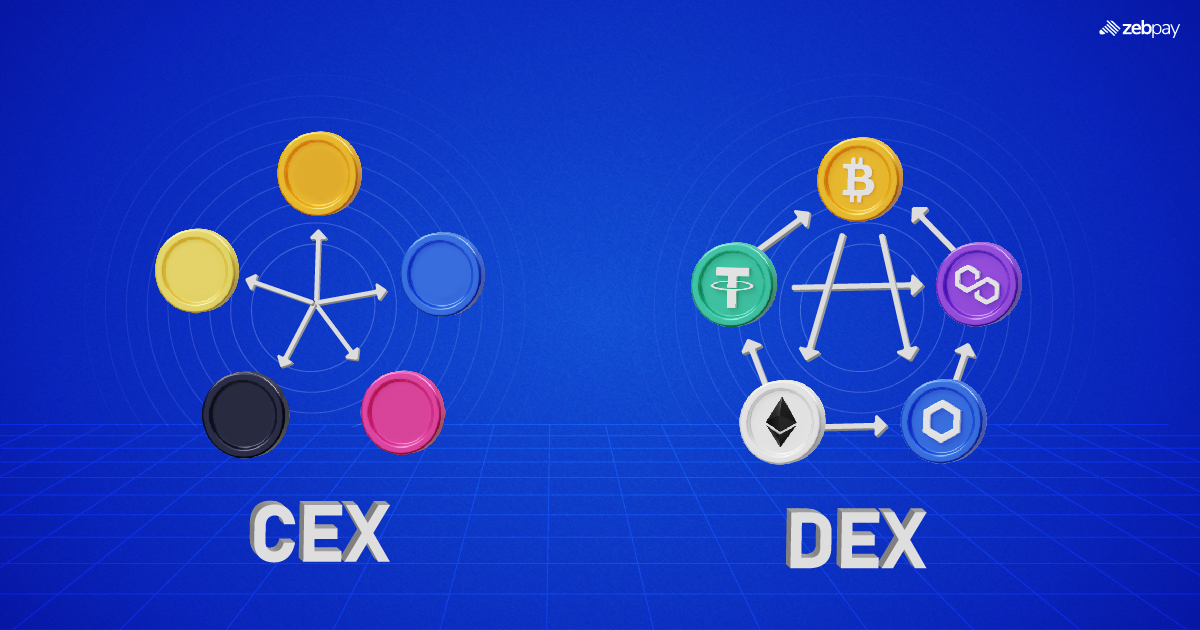The crypto market is known for its volatility and round-the-clock trading, making it both a lucrative opportunity and a challenging environment for investors. In recent years, a powerful tool has emerged to help navigate the dynamic space: AI-driven trading bots. These automated systems, powered by artificial intelligence and machine learning algorithms, transform how traders approach the market. By analysing vast amounts of data, identifying patterns, and executing trades at high speeds, AI bots offer a competitive edge by maximising profits and minimising risks. As the crypto landscape continues to evolve, AI’s integration into trading strategies is reshaping the way individuals and institutions engage with digital assets. In this blog, we’ll explore how AI-driven trading bots are transforming crypto trading, their benefits, and potential challenges they present.
The Evolution of Crypto-Oriented Trading Bots
- Early Bots (Simple-Rule Based Automation): Initial trading bots were basic and followed pre-set algorithms based on simple technical indicators, such as moving averages, RSI, among others, to automate trades.
- Growth in Market Complexity: As the crypto market expanded with more altcoins, decentralised finance (DeFi), and non-fungible tokens (NFTs), bots evolved to handle a wider range of assets and more complex strategies like arbitrage and market-making.
- Introduction of AI and Machine Learning: AI-driven bots began to use machine learning to analyse vast amounts of data, adjust strategies in real-time, and predict market trends, making them more adaptable and intelligent.
- Data-Driven Decision Making: Modern bots now analyse multiple data sources, including price data, social sentiment, and on-chain metrics, to make smarter, more informed decisions.
- Increased Autonomy: Advanced AI bots are capable of making autonomous decisions with minimal human input, optimising strategies based on past performance and real-time market conditions.
- Bots as Essential Tools for Traders: Today, trading bots are critical for retail and institutional traders, offering efficiency, speed, and accuracy in the fast-paced crypto market, where 24/7 trading makes manual trading challenging.
How AI Algorithms Analyse Crypto Market Trends
| Data Aggregation | Data collection is done from multiple sources like price, volume, social media, and on-chain data for analysis. |
| Pattern Recognition | Identifies recurring market patterns and trends, such as price fluctuations and volatility. |
| Sentiment Analysis | Natural language processing is used to gauge market sentiment from news and social media. |
| Predictive Modelling | Future market movements are predicted by learning from historical data and adjusting to new information. |
| Real-Time Analysis | AI processes data in real-time, enabling quick reactions to sudden market changes and anomalies. |
| Risk Assessment | Market volatility and liquidity is evaluated to assess risk and adjust strategies and minimise losses. |
Benefits and Risks
Benefits
- Increased Efficiency and Speed: AI can process vast amounts of data in real-time, enabling faster decision-making and quicker execution of trades. It enables AI-oriented systems to react to market changes more efficiently than human traders.
- Advanced Predictive Capabilities: By leveraging machine learning and predictive models, AI can analyse historical trends, identify patterns, and forecast future price movements, helping traders make more informed decisions and anticipate market trends before they occur.
- 24/7 Market Monitoring: AI’s ability to conduct constant vigilance is especially valuable in the fast-moving, round-the-clock crypto space, where market shifts can happen at any time.
Risks
- Over-Reliance on Historical Data: AI algorithms are often trained on historical data, which may not be an accurate representation of future market conditions. Unpredictable events can lead to poor performance if the AI models fail to adapt to new scenarios.
- Market Manipulation Risks: AI systems can be vulnerable to market manipulation or false signals if malicious actors exploit bot behaviour, leading to inaccurate predictions and unintended consequences.
- Lack of Human Judgement: AI lacks the intuition and experience that human traders bring to the table. While AI can analyse data quickly, it may miss out on qualitative factors like regulatory shifts, geopolitical events, or broader market sentiment that could significantly impact the market.
Case Studies
- Three Arrows Capital and AI-driven Trading: Three Arrows Capital, a crypto hedge fund, leverages AI and machine learning to implement quantitative trading strategies. The firm uses AI to analyse patterns in large datasets, adjust trading strategies based on real-time market conditions, and execute trades at higher speeds.
- KuCoin’s Trading Bots: KuCoin, a global crypto exchange, offers AI-powered trading bots that help users automate their trading strategies. These bots use technical analysis, market sentiment, and price predictions to execute trades.
- Endor’s Predictive Analytics Platform: Endor, a platform using AI to provide predictive analytics for crypto markets, applies social physics and machine learning to predict market trends, through analysis of vast amounts of market data and identifying hidden patterns.
Future Outlook
- Greater Integration of AI and DeFi: As the DeFi ecosystem continues to grow, AI will play a pivotal role in automating DeFi protocols, such as lending, yield farming, and liquidity provision.
- Improved AI Algorithms and Models: Future AI systems should become even more advanced, incorporating deep learning and neural networks to predict market trends with even greater accuracy.
- Increased Regulation and Standardisation: As AI trading continues to grow, there will likely be increased regulation and standardisation around its use in crypto markets. Regulators are expected to develop frameworks to ensure AI trading operates transparently and ethically.
Conclusion
AI-driven trading bots have transformed crypto markets by providing speed, precision, and predictive power that human traders can’t reach. They offer key benefits such as enhanced efficiency, real-time analysis, and the ability to process mass data amounts. However, their adoption also brings risks, including market manipulation, data privacy concerns, and regulatory challenges. As AI evolves, its role in crypto trading will expand, requiring ethical considerations and clearer regulations. The future will likely see more sophisticated AI models and greater integration with DeFi.
In the grand scheme of things, ZebPay blogs is here to provide you with crypto wisdom. Click on the button below and discover endless features on ZebPay!







